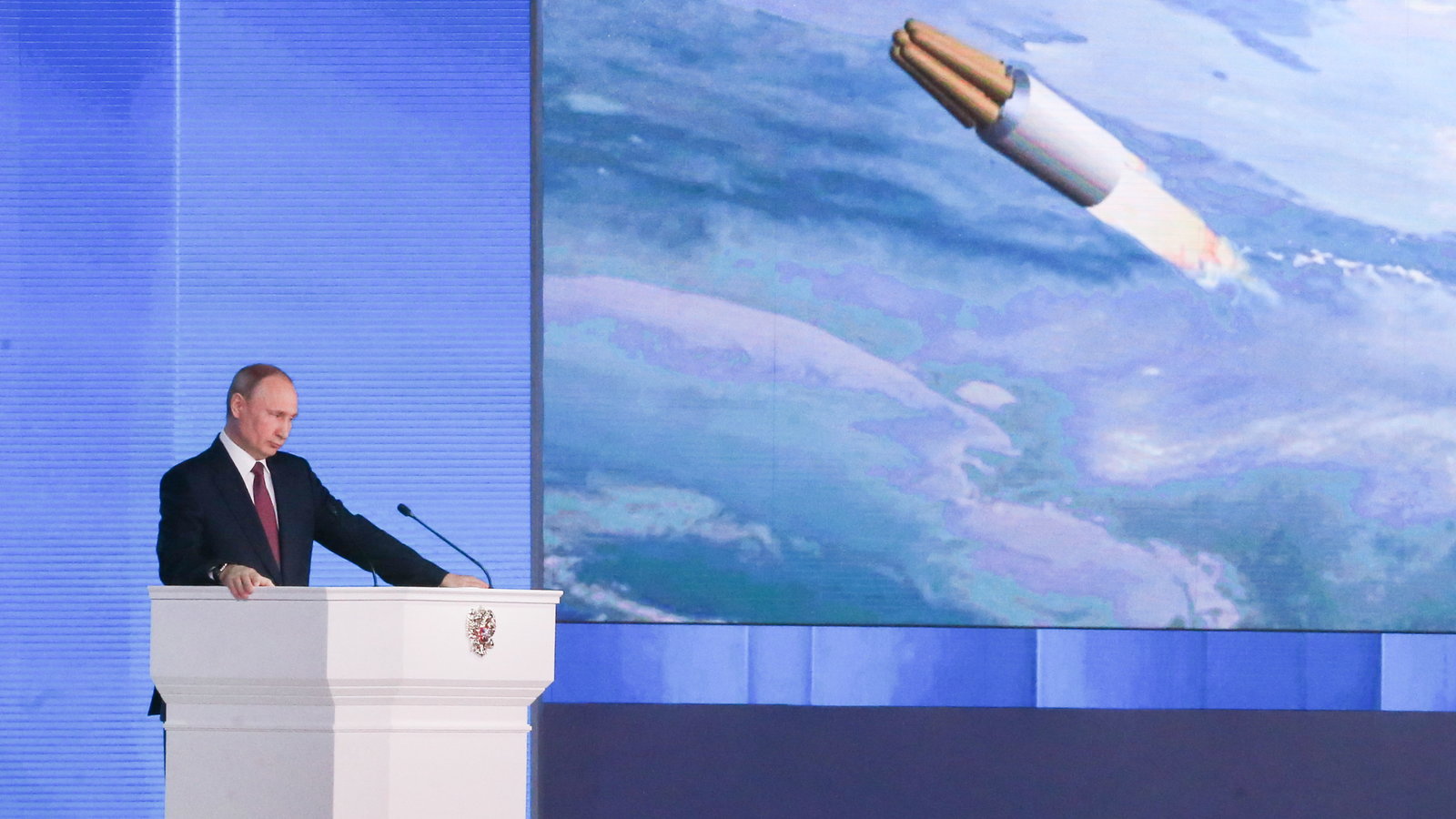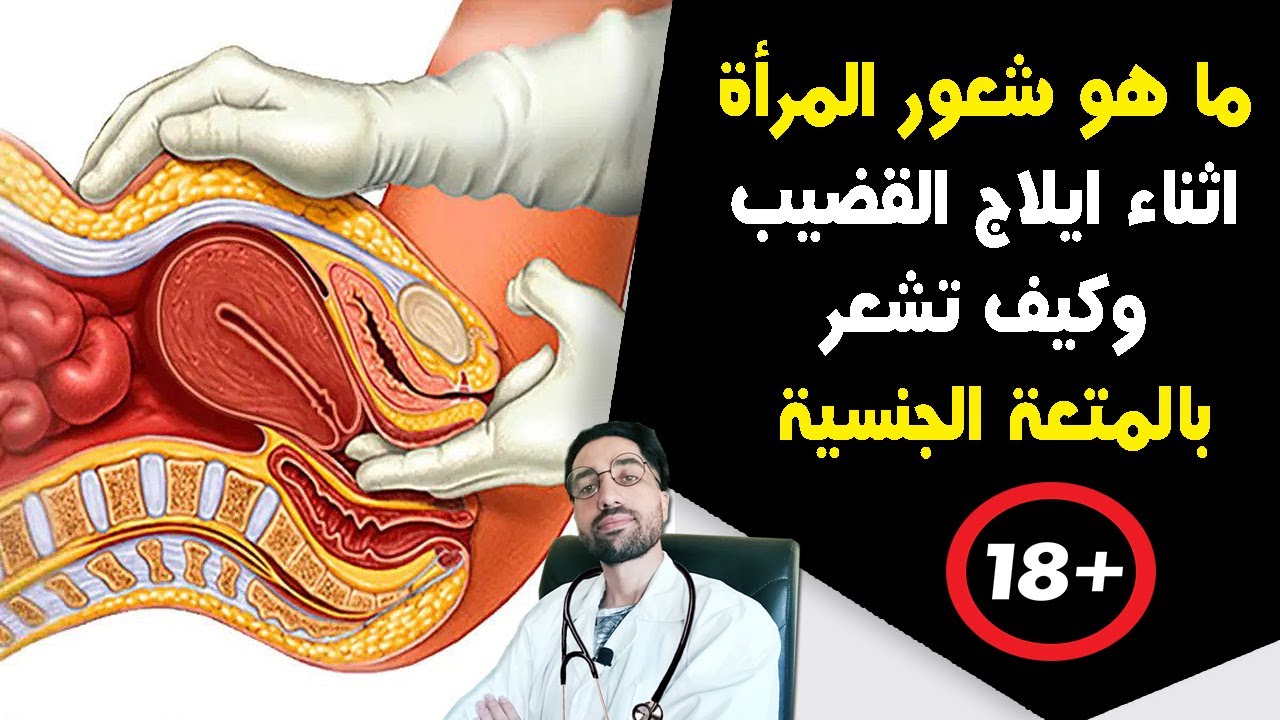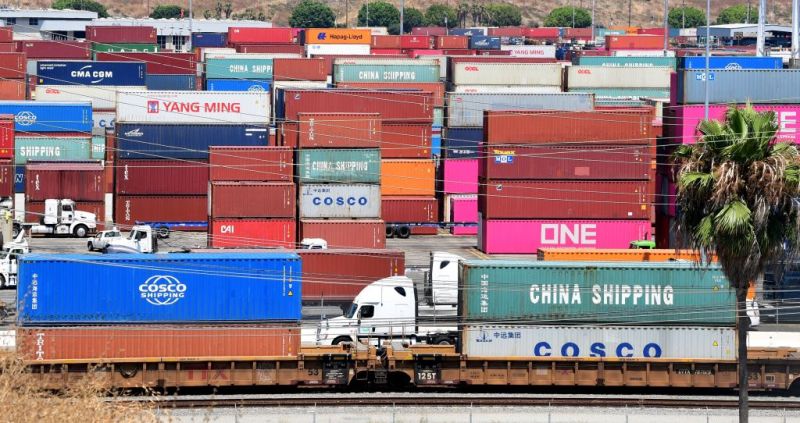Latest From Putin: Avoiding Nuclear Weapons In Ukraine

Table of Contents
The ongoing war in Ukraine has introduced a terrifying new dimension: the palpable threat of nuclear escalation. Vladimir Putin's pronouncements on the potential use of nuclear weapons have sent shockwaves across the globe, demanding careful analysis and a clear understanding of the risks involved. This article examines Putin's recent statements, the international response, and assesses the current nuclear threat in Ukraine.
Putin's Recent Statements on Nuclear Weapons Use
Putin's rhetoric surrounding nuclear weapons has become a focal point of global concern. While he hasn't explicitly threatened nuclear strikes against Ukraine, his statements regarding Russia's nuclear doctrine and its readiness to utilize nuclear weapons as a deterrent are deeply unsettling. Key aspects to consider include:
- Ambiguous Threat Levels: Putin's definition of an "existential threat" remains vague, leaving room for interpretation and escalating tensions. This ambiguity fuels uncertainty and heightens the risk of miscalculation.
- Changes in Stance?: Careful analysis of his speeches and official statements is crucial to identifying any subtle shifts in Russia's nuclear policy concerning Ukraine. Any deviation from previously stated doctrine warrants immediate attention from the international community.
- Deterrence as a Strategy: Russia's emphasis on its nuclear arsenal as a deterrent highlights the dangerous game of brinkmanship being played. This strategy relies on the fear of retaliation to prevent attacks, increasing the risk of accidental escalation.
- Credible Sources: To understand the nuances of Putin's statements, it is vital to consult credible sources such as the Kremlin's official website, transcripts from reputable news agencies (e.g., Reuters, Associated Press), and analysis from independent think tanks like the International Crisis Group and the Carnegie Endowment for International Peace.
International Responses to Putin's Stance
The international community has responded to Putin's nuclear saber-rattling with a combination of diplomacy, sanctions, and heightened military preparedness. Key responses include:
- NATO's Response: The North Atlantic Treaty Organization (NATO) has reiterated its commitment to the collective defense of its members, while increasing its military presence in Eastern Europe.
- US and EU Actions: The United States and the European Union have imposed further sanctions on Russia, targeting its economy and its ability to wage war. These sanctions, however, have not deterred Putin’s aggressive actions.
- China's Position: China, while maintaining a neutral stance publicly, has urged both sides to de-escalate the conflict. However, China's economic ties with Russia complicate its ability to exert significant pressure.
- International Diplomacy: Multiple diplomatic efforts are underway to de-escalate the situation and prevent nuclear escalation. The effectiveness of these efforts remains to be seen, with the complexities of international relations presenting significant obstacles. The role of the UN and other international organizations is crucial in navigating this crisis.
Assessment of the Nuclear Threat in Ukraine
The risk of nuclear weapons being used in Ukraine, though hopefully low, cannot be ignored. Several factors contribute to the heightened threat level:
- Zaporizhzhia Nuclear Power Plant: The ongoing conflict near the Zaporizhzhia nuclear power plant presents a significant risk of accidental or deliberate damage, potentially leading to a catastrophic nuclear accident. The plant's precarious situation demands immediate international intervention and demilitarization.
- Proxy Warfare: The involvement of external actors, providing military and financial support to both sides, increases the complexity of the conflict and the potential for unintended escalation. These proxy conflicts make the situation more volatile.
- Miscalculation and Escalation: The risk of miscalculation or accidental escalation is significant. The tense geopolitical environment, coupled with the ambiguous nature of Putin's statements, increases the likelihood of a dangerous misunderstanding triggering unintended consequences.
- Nuclear Risk Assessment: Independent experts continuously assess the likelihood of nuclear weapon use, relying on intelligence analysis, military assessments, and political evaluations. These assessments are crucial to inform international policy and preventative measures.
Understanding Putin's Actions to Prevent Nuclear Escalation in Ukraine
The current situation demands constant vigilance and a commitment to preventing nuclear escalation in Ukraine. Putin's actions, coupled with the international response, highlight the gravity of the situation. While the immediate probability of nuclear weapons use may be low, the potential for a catastrophic event remains. Stay informed through reliable news sources such as the Associated Press, Reuters, BBC News, and Al Jazeera, and reputable think tanks for insightful analyses. Advocating for de-escalation and a peaceful resolution is more crucial now than ever. Ignoring the potential for nuclear conflict with Putin is not an option; understanding it and advocating for preventative measures is paramount.

Featured Posts
-
 Skor Kacamata Babak Pertama Indonesia Vs Yaman 0 0
May 06, 2025
Skor Kacamata Babak Pertama Indonesia Vs Yaman 0 0
May 06, 2025 -
 Ndae Alhjylan Hl Mn Almmkn Ymn Bla Dmae
May 06, 2025
Ndae Alhjylan Hl Mn Almmkn Ymn Bla Dmae
May 06, 2025 -
 Analysis Copper Price Increase Linked To China Us Trade Talks
May 06, 2025
Analysis Copper Price Increase Linked To China Us Trade Talks
May 06, 2025 -
 Zendayas Spring 2025 Zone Dreamer Campaign Unveiling Cloudzone
May 06, 2025
Zendayas Spring 2025 Zone Dreamer Campaign Unveiling Cloudzone
May 06, 2025 -
 Ed Shiyrn Vdkhnovenieto Ot Riana V Nay Golemite Mu Khitove
May 06, 2025
Ed Shiyrn Vdkhnovenieto Ot Riana V Nay Golemite Mu Khitove
May 06, 2025
